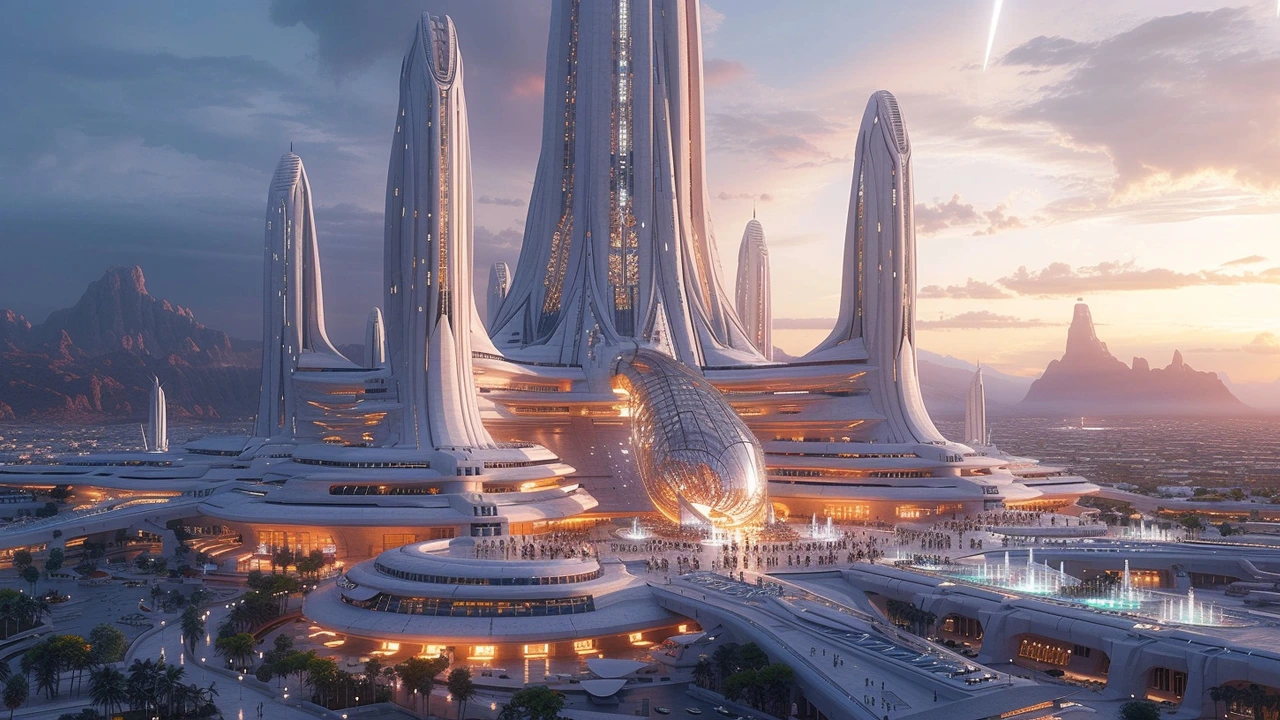Introduction to Constructivist Architecture
When wandering through the streets of Melbourne, or any city for that matter, it's fascinating to observe the architectural diversity around us. One style that particularly stands out for its radical departure from traditional forms is Constructivist Architecture. Originating in the post-revolutionary Soviet Union, this architectural movement was born from a utopian ideal, aimed at serving the needs of a newly formed society. The architects behind this movement were not just creators of buildings; they were visionaries seeking to revolutionize how society functioned through the spaces they inhabited.
Constructivist Architecture is characterized by its experimental approach to materials, geometric forms, and the integration of technology. The movement was deeply intertwined with the political and social fabric of its time, aiming to encapsulate the aspirations of socialism. Unlike preceding architectural styles that emphasized decoration and form, constructivism was about utility, efficiency, and the collective over the individual. It was a bold statement against the past, striving to pave the way for a new societal structure through architectural innovation.
The Influence of Constructivism on Modern Architecture
Although the Constructivist movement was relatively short-lived, its influence on modern architecture cannot be understated. Architects around the world were drawn to its principles of functionality, technological prowess, and social purpose. This movement laid the groundwork for what would eventually become known as functionalism in architecture, where the form of a building was dictated solely by its intended function. Cities globally, from Tel Aviv to Melbourne, sport embodiments of constructivism’s legacy, showcasing how these revolutionary ideas transcended borders.
Today, we can see elements of Constructivist Architecture in sustainable and green building practices. The movement's focus on functionality and technological integration mirrors current architectural efforts to reduce environmental impact and enhance efficiency. Through adaptive reuse, energy-efficient designs, and innovative use of materials, modern architects are essentially dialoguing with their Constructivist predecessors, proving that the movement's core principles are as relevant today as they were a century ago.
Constructivist Architecture as a Mirror to Society
The fascinating aspect of Constructivist Architecture is its ability to reflect the societal changes and shifts of its era. Through its bold geometric forms and industrial materials, it speaks of a society in the throes of rapid industrialization and social restructuring. The movement was a response to the optimism of a new socialist order, aiming to provide communal living spaces, government buildings, and educational institutions that embodied these new ideals. As such, Constructivist buildings were more than just structures; they were physical manifestations of societal hopes and dreams.
In examining Constructivist Architecture within a contemporary context, it’s intriguing to consider how current architectural trends might reflect our own societal changes. Today's emphasis on sustainable living, communal spaces in urban environments, and the integration of technology into everyday life can be seen as a continuation of Constructivist principles. By understanding this architectural style, we gain insight into how architecture serves not just as a shelter but as a lens through which we can observe the evolving landscape of societal values and priorities.
Today's Relevance and Legacy of Constructivist Architecture
The resurgence of interest in Constructivist Architecture is not merely nostalgic; it's a recognition of its groundbreaking contributions to the wider field of architecture. Educational institutions, museums, and architects are increasingly revisiting the movement, drawing inspiration for contemporary projects. The adaptability and forward-thinking nature of Constructivist designs offer valuable lessons in addressing the challenges of today’s urban spaces, including housing crises, the need for sustainable development, and the integration of public and private spaces.
Adriana McKenzie, an architect and my better half, often discusses the parallels between Constructivist ideals and today's design challenges. Together, we explore how these historical concepts can inspire modern solutions, highlighting the timeless nature of good design. It's a testament to the enduring legacy of Constructivist Architecture that it continues to inspire and influence, proving that architecture is as much about shaping the future as it is about reflecting the time in which it was created.





